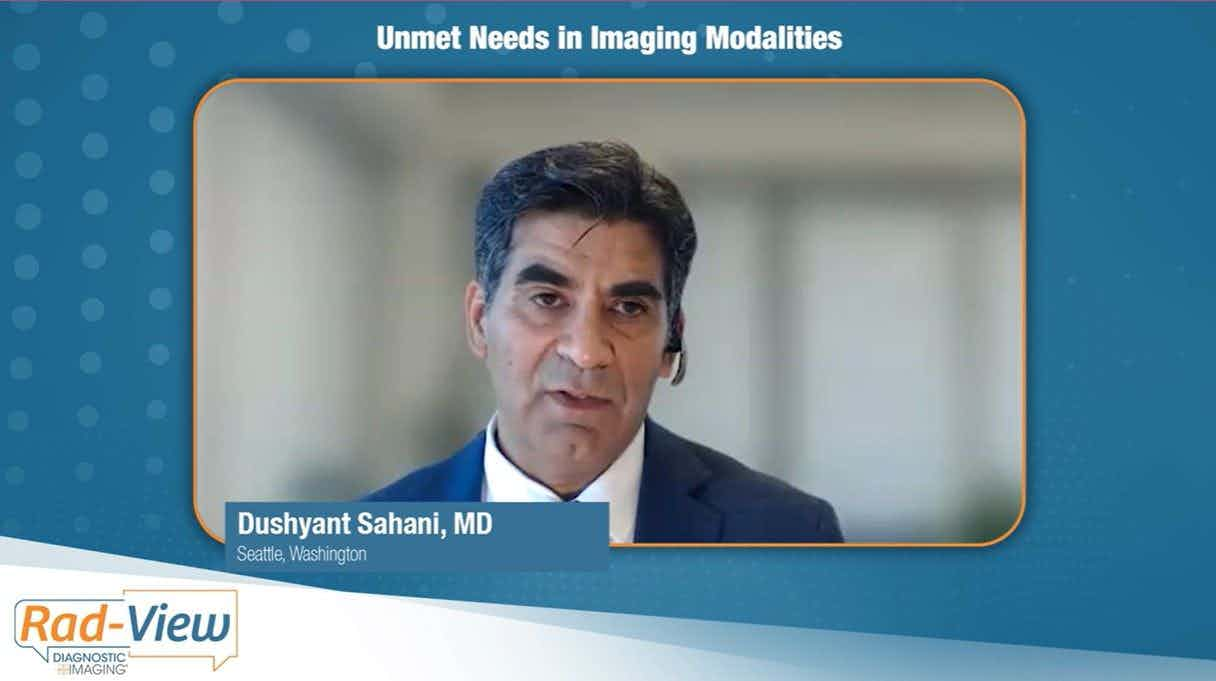DICOM tags help nuclear images navigate PACS
The rising popularity of nuclear medicine imaging has spurred several organizations to develop DICOM standards for seamless transmission of the complex dynamic images in the digital world of PACS.The Society of Nuclear Medicine DICOM working group and
The rising popularity of nuclear medicine imaging has spurred several organizations to develop DICOM standards for seamless transmission of the complex dynamic images in the digital world of PACS.
The Society of Nuclear Medicine DICOM working group and the Integrating the Healthcare Enterprise (IHE) are jointly developing a nuclear medicine image profile.
"The clinician's window to the imaging world is the DICOM standard. If this window is small, dirty, and blurry, clinicians will not appreciate the value of our specialty," said Dr. Henry D. Royal, president of the SNM.
The profile has two major parts, said Dr. Jerold W. Wallis, an associate professor of radiology at the Mallinckrodt Institute of Radiology and chair of the working group. One involves educating PACS designers about the unique qualities of nuclear medicine image data to facilitate development of systems that can handle complex multiframe images, sometimes from different heads of the gamma camera or different energy windows as part of a multi-isotope study.
The second part of the profile outlines specific IHE compliance requirements for vendors. They include the ability to adjust upper and lower levels of gray-scale window settings, to show several cine images simultaneously, and to use customized logic to avoid showing postage stamp-sized images. These requirements were based on a previously published SNM guideline (J Nucl Med 2002;43:[10]1410-1413).
The profile also addresses cardiac nuclear medicine requirements, including the use of new cardiac DICOM codes to record a patient's state during acquisition and to differentiate short-axis from transaxial SPECT data, as well as the ability to apply local color tables to gray-scale nuclear medicine images.
Trial implementation of the profile began this summer. Participating vendors will add nuclear medicine features to an in-house version of their software. The next step will be an IHE connect-a-thon in January 2005, to which vendors can bring their systems for testing and validation.
"The number of participating vendors and the priority they give to this effort depends on consumer demand. It is up to the nuclear medicine community to ask vendors for the profile in order to push the process forward," Wallis said.










2 Commerce Drive
Cranbury, NJ 08512
All rights reserved.
